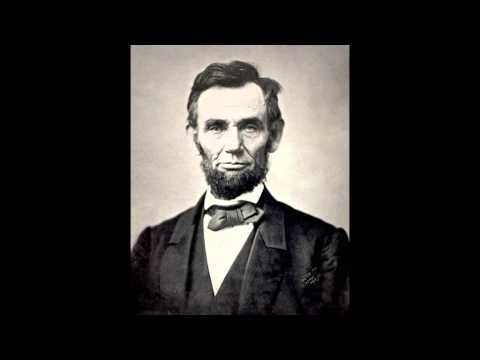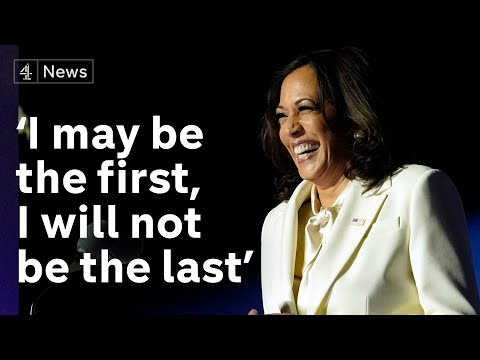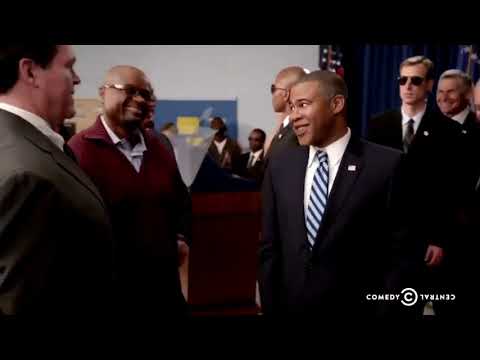In today’s interconnected world, where information travels instantaneously and global tensions run high, it is no surprise that the President of the United States must be prepared to make critical decisions regarding national security at a moment’s notice. One of the most well-known symbols of this immense responsibility is the “nuclear football,” a briefcase that accompanies the President wherever they go. The name might conjure up images of sport, but the contents of this small and heavily guarded case are far from recreational.
The concept of the nuclear football dates back to the early days of atomic weapons development during World War II. As science progressed and nations developed nuclear arsenals, it became increasingly important for leaders to have on-the-spot access to vital codes and resources required to initiate or respond to a nuclear strike. Thus, the football was born.
The actual case itself is quite plain in appearance, finished with black leather and outfitted with 16 wheels for easy mobility and protection. While it might appear as an ordinary briefcase at first glance, its functionality surpasses any regular office accessory. Inside lies advanced technology allowing immediate communication with national military command centers and senior advisors in Washington D.C., providing real-time decision-making capabilities.
So why does America’s leader need such immediate access? The answer lies in deterrence theory. The possession of a powerful nuclear arsenal ensures that potential adversaries think twice before initiating hostile actions against the United States or its interests. By having constant control over these devastating weapons, presidents can demonstrate their ability to retaliate if provoked—a strategy designed to prevent aggression rather than encourage its use.
To ensure accountability while safeguarding against unauthorized launches or misuse in moments of crisis, two individuals are constantly by the President’s side: one carrying the classified authentication codes known as “the biscuit,” while another holds schematic diagrams for validating incoming messages about potential threats. Their presence acts as an extra layer of security, preventing impulsive actions and guaranteeing that any engagement involving nuclear weaponry receives thorough vetting.
We must acknowledge that the President’s capability to utilize nuclear weapons is a power burdened with immense responsibility and ethical considerations. With devastating consequences for humanity and the world as a whole, these destructive weapons must only be considered as a last resort. However, maintaining an up-to-date and mobile toolkit ensures readiness in the face of potential threats, projecting strength while promoting peace through deterrence.
The presence of the nuclear football might seem unnerving to some, but it’s important to recognize that it represents an essential aspect of America’s defense strategy. It is a symbol not only of presidential authority but also acts as a visible reminder to enemies and allies alike that the United States is armed with powerful capabilities to protect itself from harm.
In conclusion, the President carries around the nuclear football—a refined, secured briefcase—to ensure national security in an ever-complicated world. With immediate communication capabilities and a comprehensive set of decision-making tools at their disposal, they possess a constant reminder of the extreme power they wield. While daunting in its symbolic significance, it acts as an essential component of America’s deterrent strategy against any adversary who may pose a threat to its citizens and interests on a global stage.





